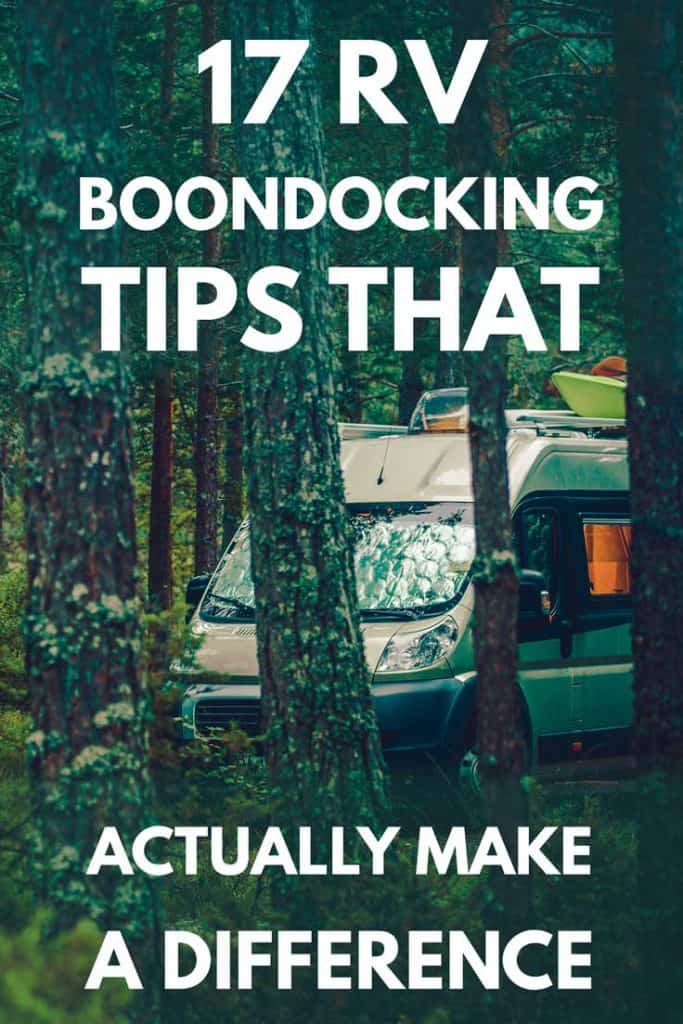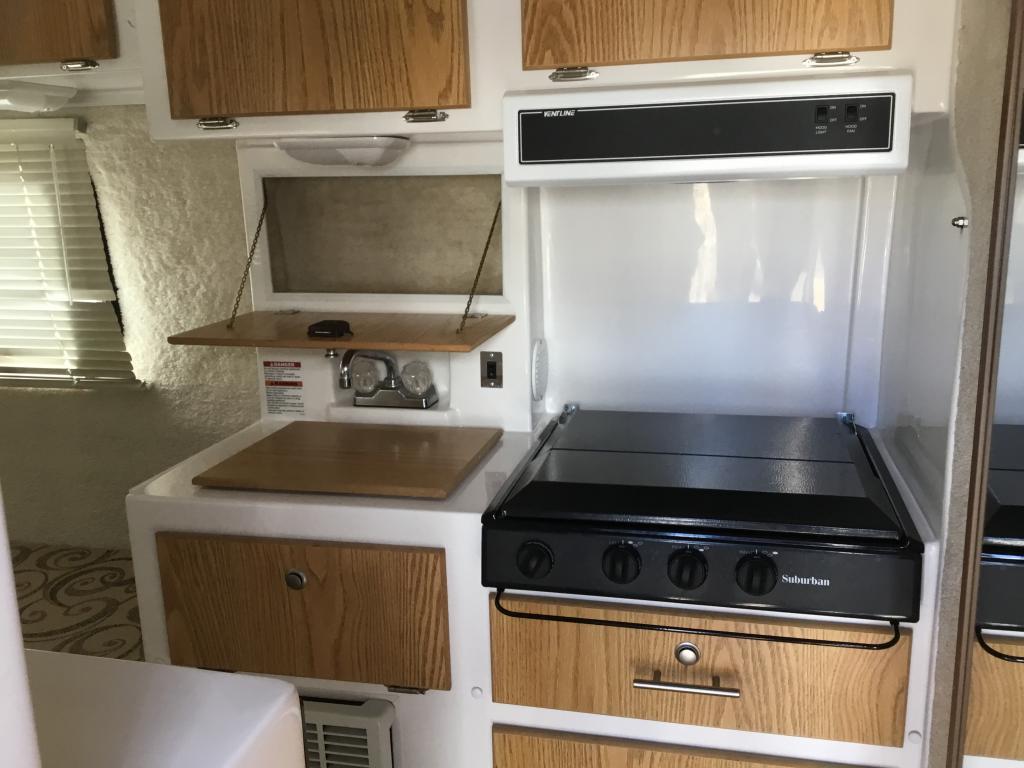
Air conditioning will quickly drain your batteries unless you have invested in a large solar setup. With that said, be aware that It takes a lot of electricity to power the coffeemaker, microwave, hair dryer. An inverter is used to convert the DC current into AC current, which can then be used to power all your household items in your RV. They come with panels, batteries and an inverter which will provide the electricity to charge your batteries while using appliances like the television and computers.Ī charge controller is used to regulate the voltage and current to the battery bank. It’ll provide electricity and help you live off the grid. Personally, we wouldn’t boondock without solar power onboard. If you’re going to be boondocking, a solar power system is an essential item for your RV. Solar power for RV Boondocking Adding Solar system to our new trailer.

#BOONDOCKING TIPS GENERATOR#
You will need your generator or solar power source to provide electricity. Boondocking is permitted on BLM lands in most western states without restrictions or permits required. These lands include wildlife refuges, recreational areas like national parks and monuments. The BLM manages 276 million acres of public land. These lands can be used for camping, hiking, hunting, fishing, snowmobiling, backpacking & more. The USFS manages 154 national forests and 20 national grasslands. The United States Forest Service (USFS) and the Bureau of Land Management (BLM) are two government agencies that oversee public lands that are not privately owned. Your rig must be 100% self-reliant when boondocking because undeveloped camp sites do not have amenities like shore power, water and sewer hookups.
#BOONDOCKING TIPS FOR FREE#
Undeveloped camping boondocking is the practice of camping for free on undeveloped land. One of our favorite boondocking campsite: Bridger-Teton National Forest which borders the Teton National Park #3: Undeveloped Campsite Keep the area clean and act like you were never there. It’s crucial when boondocking to always pick up after yourself. However, most will allow you to move 5 or miles away from your current site to start the cycle over again. Although a few areas allow for a 21-day limit. Most national forest lands will let you stay for a maximum of 14 days. In addition, campers must not leave any personal property unattended for more than 10 days (12 months in Alaska). The purpose of this special rule is to prevent damage to sensitive resources caused by continual use of any particular areas.

After the 14th day of occupation, the camper must move outside of a 25 mile radius of the previous location until the 29th day since the initial occupation. The 14 day limit may be reached either through a number of separate visits or through 14 days of continuous overnight occupation during the 28 day period.

The 28 day period begins when a camper initially occupies a specific location on public lands.

Best of all boondocking is free!ĭispersed camping is allowed on public land for a period not to exceed 14 days within a 28 consecutive day period. Here’s How I Research My Next Boondocking Campsiteĭid you know boondocking is a great way to get away from the rat race and unplug? Not only does it save on costly camping fees and gas, but it’s also a good way to get some peace and quiet.Rest Stop or Welcome Centers Boondocking.


 0 kommentar(er)
0 kommentar(er)
